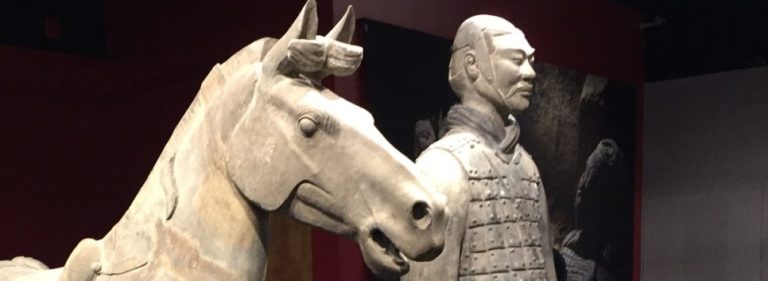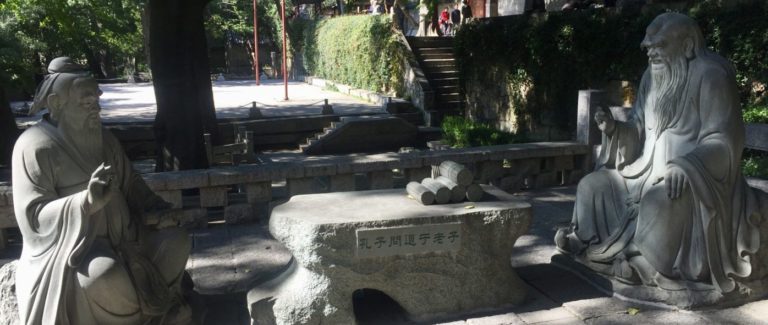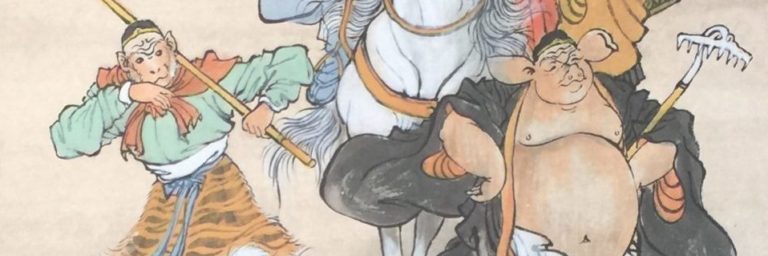To understand China, you need to understand military strategy. To understand Chinese military strategy, you could read two of the most famous books in Chinese literature, The Art Of War and The Three Kingdoms, Volume 1: The Sacred Oath: The Epic Chinese Tale of Loyalty and War in a Dynamic New Translation (with Footnotes)
. If you want a shortcut introduction, start with Mastering the Art of War: Zhuge Liang’s and Liu Ji’s Commentaries on the Classic by Sun Tzu
.
Editor Thomas Cleary has selected quotations from two of China’s most historic strategists, Zhuge Liang, from The Three Kingdoms, Volume 1: The Sacred Oath: The Epic Chinese Tale of Loyalty and War in a Dynamic New Translation (with Footnotes)
, and Liu Ji, the general who helped the Ming overthrow the Mongol Yuan Dynasty. Their frequent references to The Art Of War
illustrate the lessons with practical experience.
China’s imperial history goes back about 4,000 years. Lots of emperors, lots of dynasties, lots of wars. Keeping China unified has always been, and continues to be the number one priority for Chinese leadership. This is extremely important to keep in mind, even as you read today’s headlines.
The Art Of War was written about 500-450 BC, during the “Spring and Autumn Period”. It has influenced conflict management from battlefields to boardrooms ever since. This is not some deep life philosophy. It is a collection of lessons on how to gain and maximize the advantage in armed conflict. The point is to out-think your opponent, rather than to rely on brute force alone.
One of the most famous quotes from The Art Of War is, “Subjugating the enemy’s army without fighting is the true pinnacle of excellence.” Don’t confuse this with some high-fallutin’ “respect for mankind” sentimentality. The Chinese are very happy to lop off heads or execute hundreds of warriors to add an exclamation point to victory. The quote has to do with preserving resources in order to be ready for the next inevitable battle.
The Three Kingdoms, Volume 1: The Sacred Oath: The Epic Chinese Tale of Loyalty and War in a Dynamic New Translation (with Footnotes) is a 14thCentury historical novel about the Three Kingdoms period near the end of the Han Dynasty, 169-280 AD. It is, perhaps, the most widely read novel in China. Every kid knows the story. When they play war, they all want to be Zhuge Liang.
There are temples in China dedicated to Zhuge Liang and Kuan Yu, (above), one of the other heros of The Three Kingdoms, Volume 1: The Sacred Oath: The Epic Chinese Tale of Loyalty and War in a Dynamic New Translation (with Footnotes). The 1,200 page book reads like an extended application of the principles of The Art Of War
. Zhuge Liang is larger than life. Part general, part wizard, Liang quotes The Art Of War
early and often. The first half of Mastering the Art of War: Zhuge Liang’s and Liu Ji’s Commentaries on the Classic by Sun Tzu
is the collection of his wisdom and references from Sun Tzu’s work.
In 1271 AD, Kublai Khan, grandson of Mongol emperor Genghis Khan, conquered China and ascended the Imperial Throne. His Yuan Dynasty lasted only 97 years, falling to the rebellion that ushered in the famous Ming Dynasty.
Lui Ji, a principle strategist for the Ming, authored his own military manual, the Fire Dragon Manual. Ji liked gunpowder! He also quotes liberally from both Sun Tzu and Zhuge Liang. The second half of Mastering the Art of War: Zhuge Liang’s and Liu Ji’s Commentaries on the Classic by Sun Tzu recounts his stories and lessons for budding leaders.
With Mastering the Art of War: Zhuge Liang’s and Liu Ji’s Commentaries on the Classic by Sun Tzu, you get a threebie! Here you have three of China’s most accomplished military minds that have framed the mindset of Chinese political history for 2,500 years. Listen carefully, and you will hear them quoted by Xi Jinping even today.










